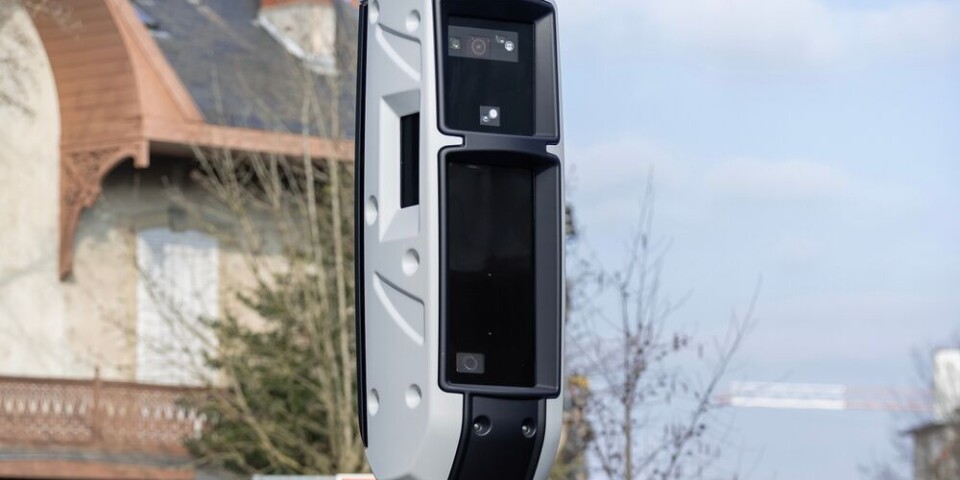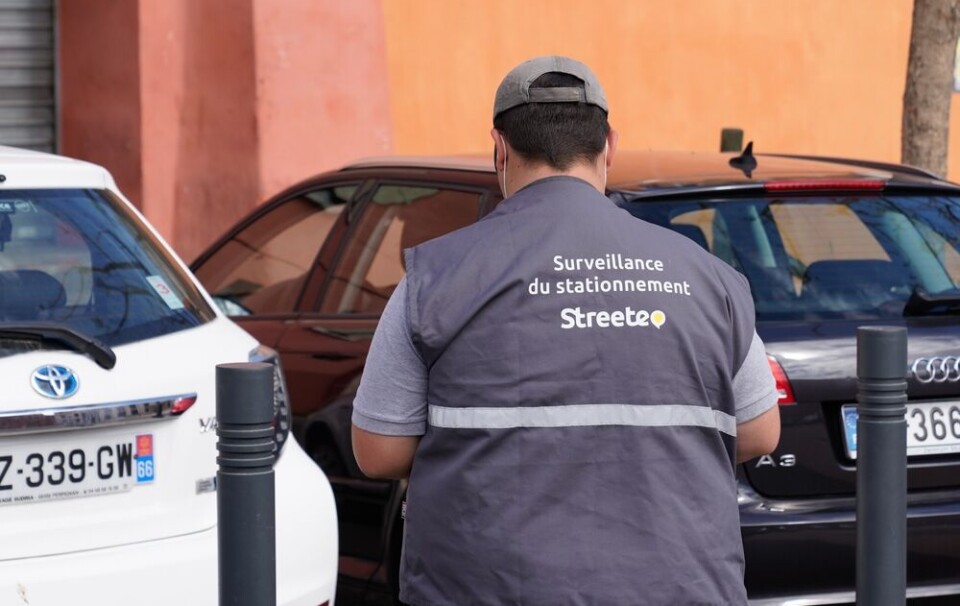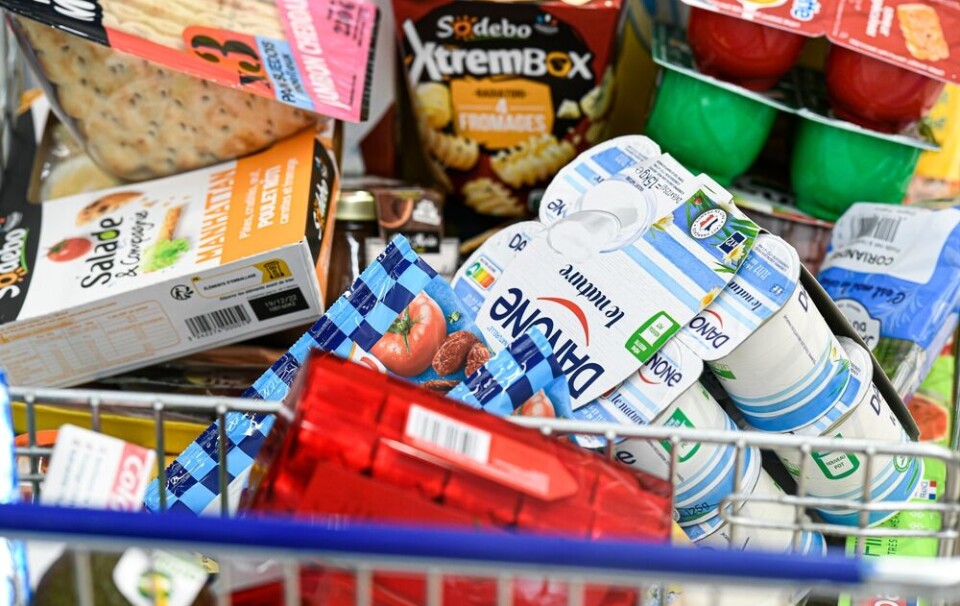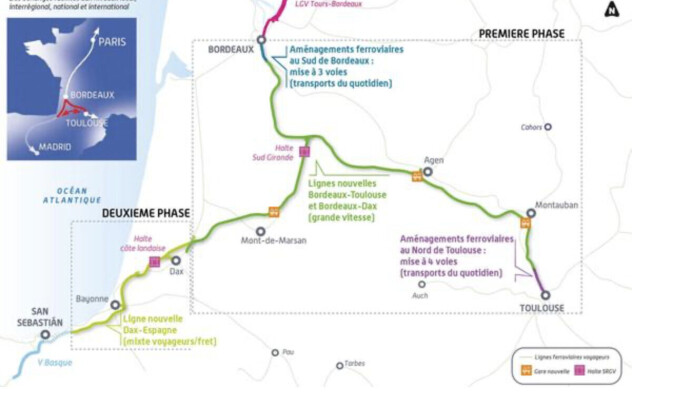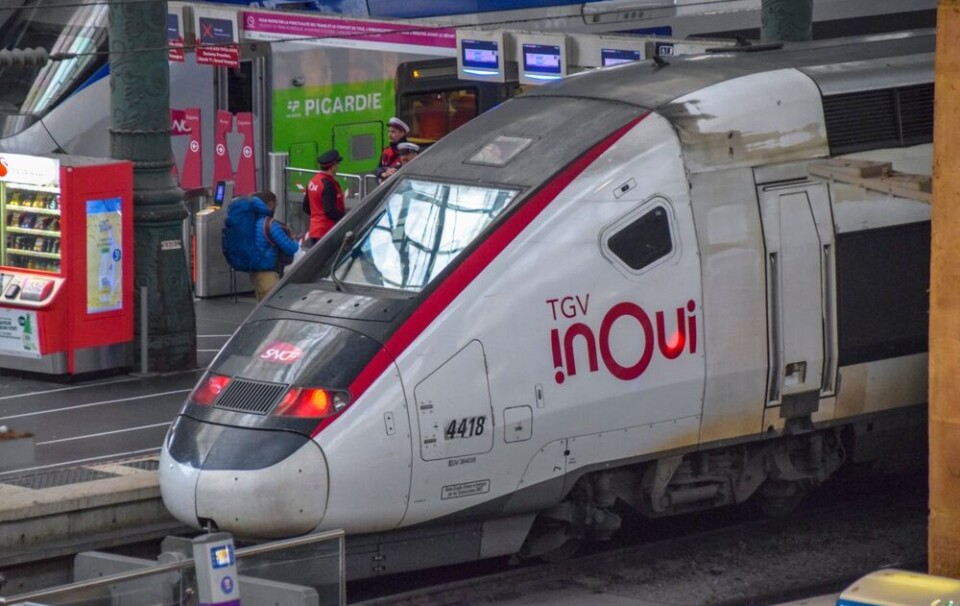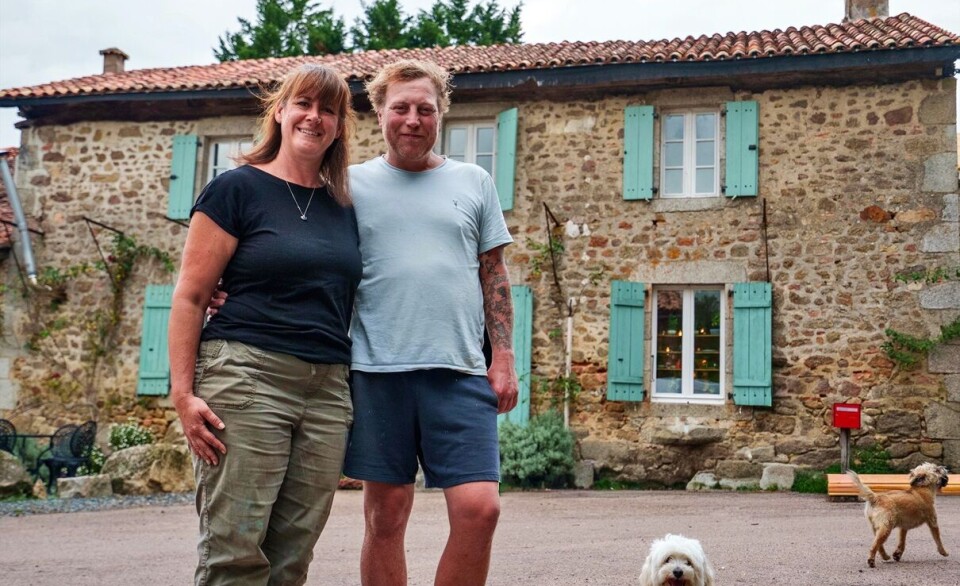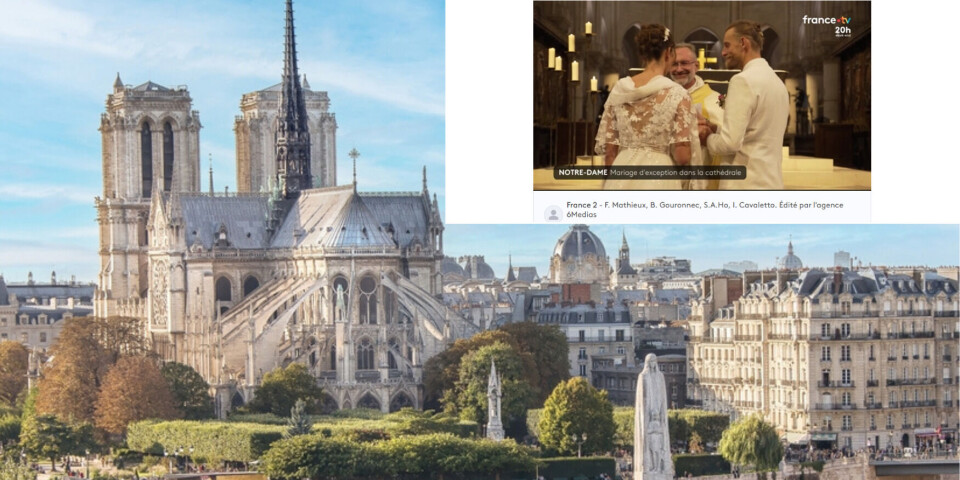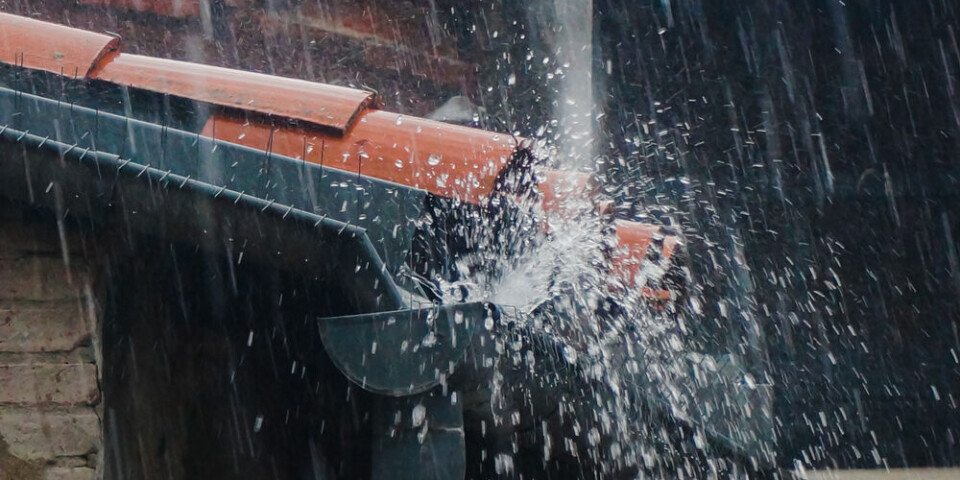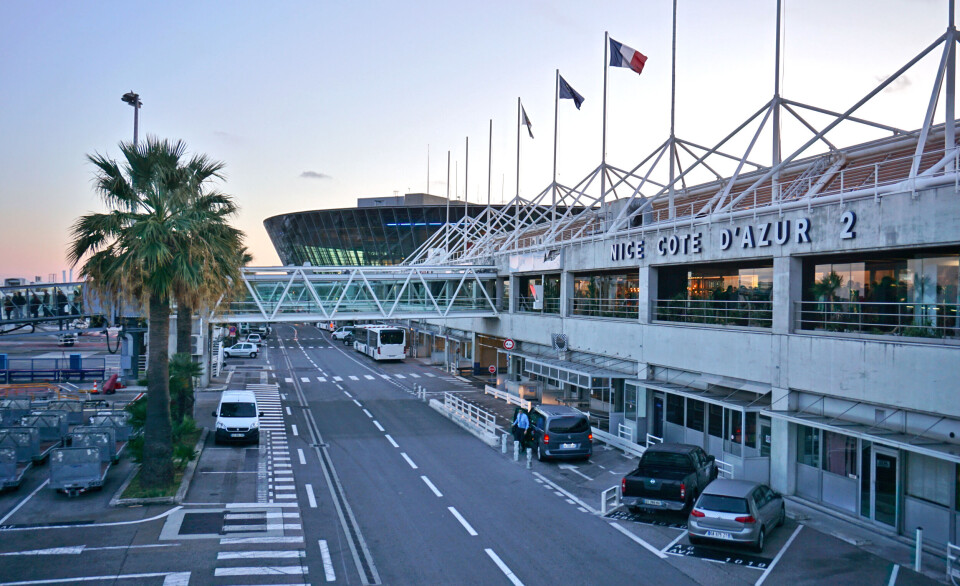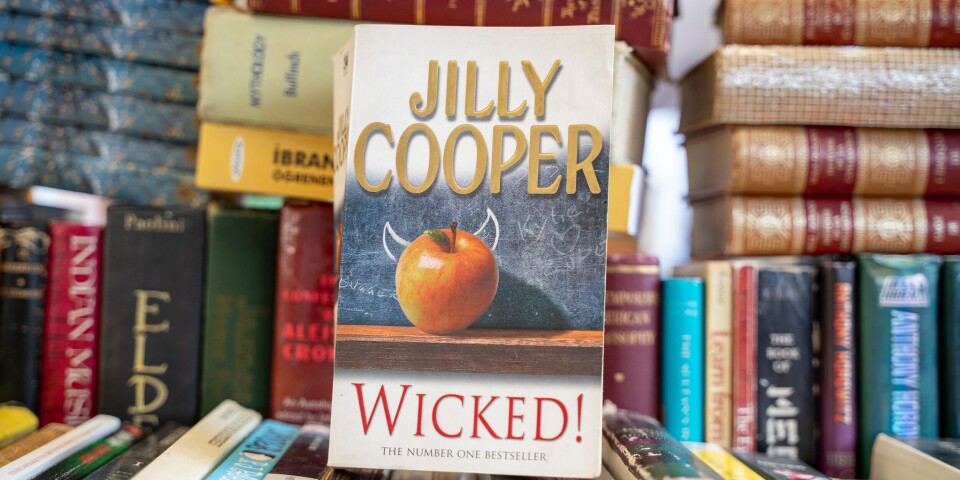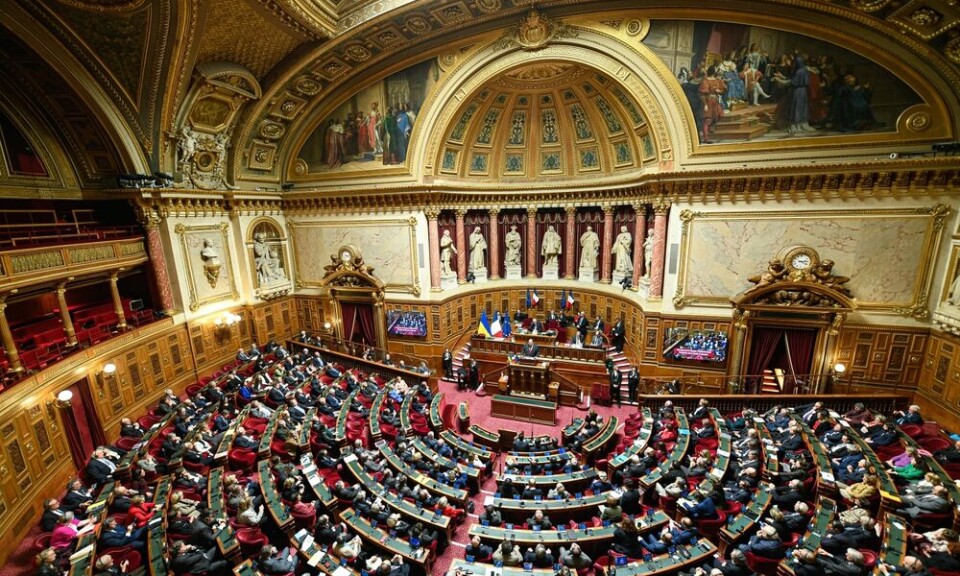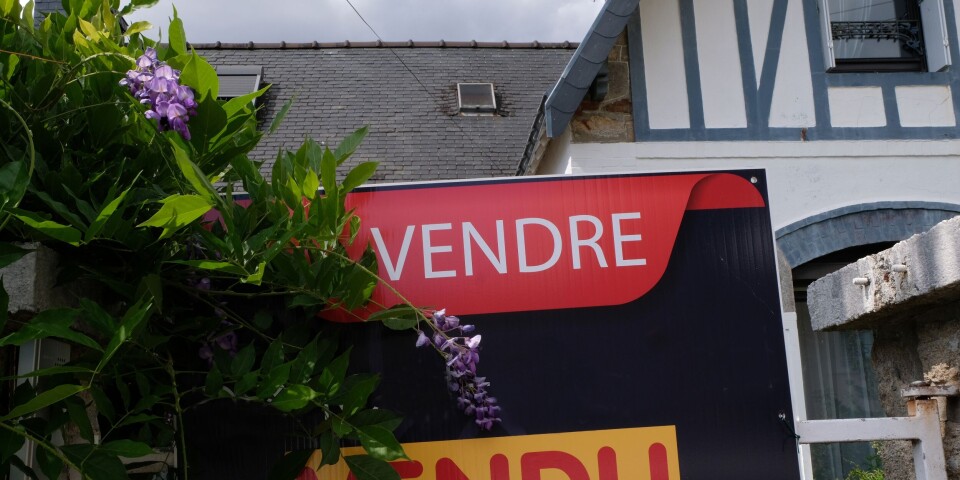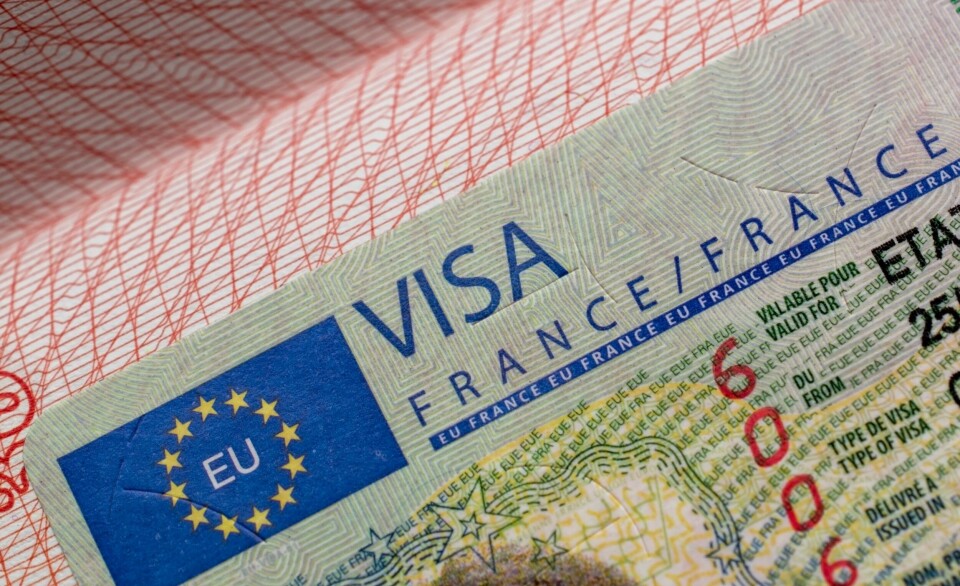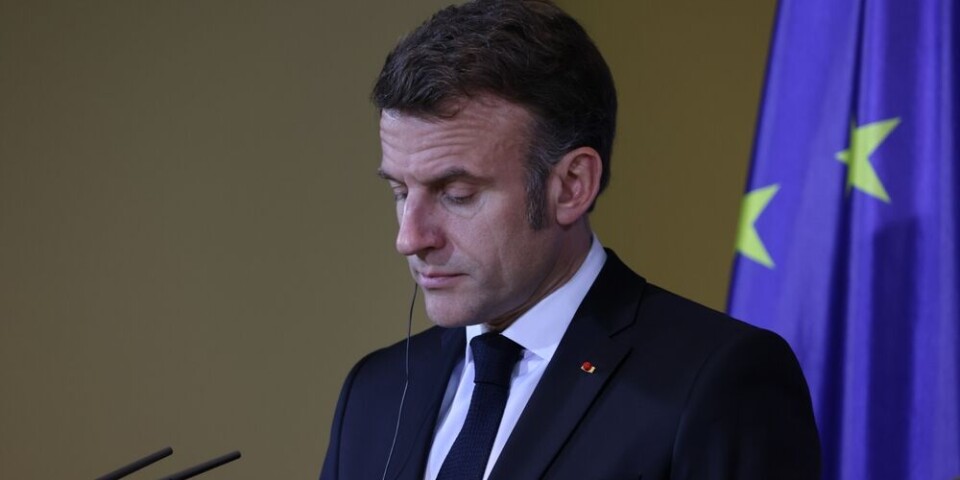-
Household confidence is on the rise in France
Record-high rating for importance of saving money backed by perceived increase in ability to save
-
‘Huge support’ for new TGV line in south-west France
87% of people in France are in favour of the project
-
Sabotage on rail lines in France: many TGVs to south-east cancelled
Separate fires on high-speed line near Lyon has crippled services
Which French regions look set to vote far right in June’s elections?
A new survey shows the far right are gaining ground in many areas, including Paca in the south and Grand Est, ahead of France's regional elections on June 20 and 27

Regional elections take place in France in June, with the first round of voting on June 20 and the second round to follow on June 27.
A series of polls* among the 13 regions of metropolitan France has found that the far-right Rassemblement National (RN) party, led by Marine Le Pen, is gaining ground and could beat the centre right in Paca and Grand Est. Another predicted change is from the centre right to a left/green coalition in Pays-de-la-Loire, however political polling is far from being an exact science.
As in France’s presidential election, the first round of regional voting is between a wide field of candidates.
In the second round, voters choose between candidates who obtained at least 10% of the vote in the first round. However, candidates with less than 10% can form coalitions with stronger candidates for the second round, adding an extra layer of complexity to predictions.
The winning candidate gets a quarter of all seats to be filled on the regional council, with remaining seats divided proportionally among other candidates.
Regional councils do not have legislative powers but they do manage spending on education, public transport, urban planning, economic development and tourism.
We look at how each region is expected to vote in the regional elections later this month.
Map showing regions current political allegiance
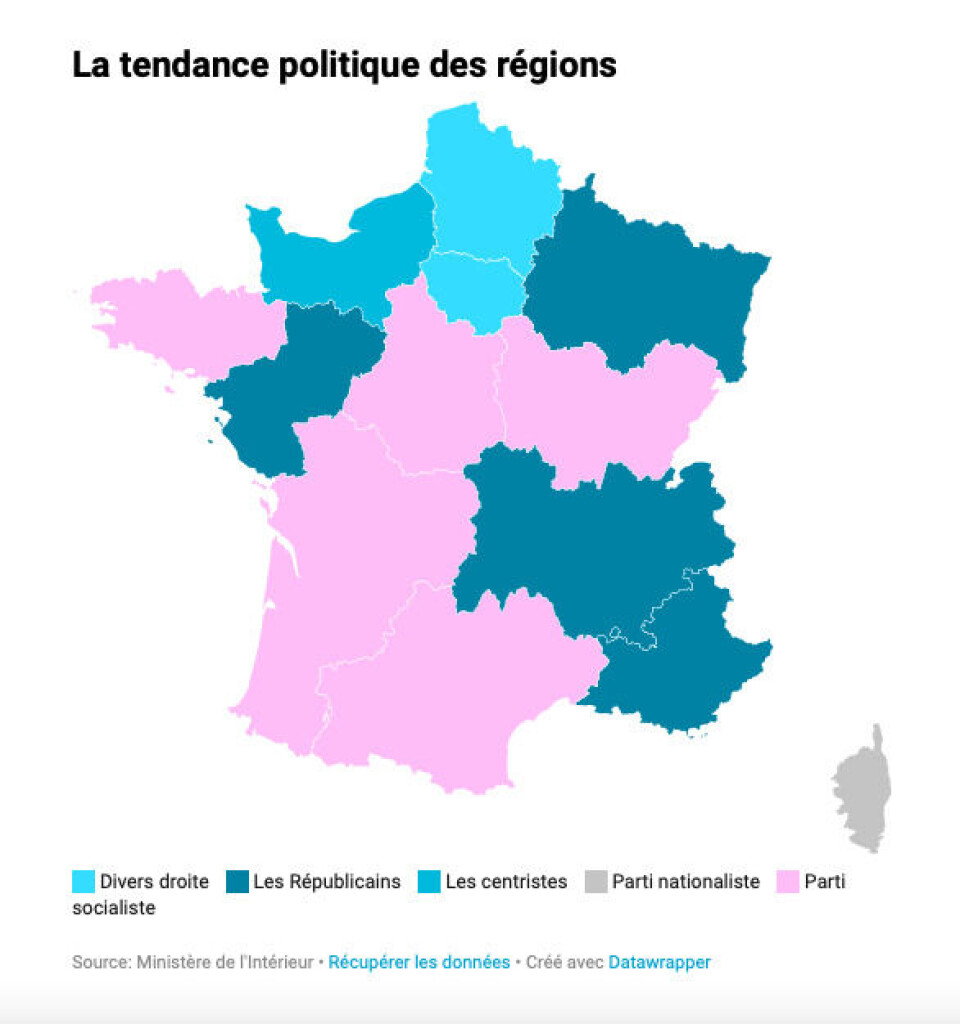
(Source: Ministère de l'Intérieur / Actu.fr)
Bright blue: Parties on the right, Medium blue: Centre, Dark Blue:Les Républicains, Pink: Parti Socialist
Provence-Alpes-Côte d’Azur
Currently: Centre right
Expected: Far right
Poll results found that RN candidate Thierry Mariani is expected to win the first round with 41% of the vote, with current president Renaud Muselier in second place with 34% representing far-right and centre-right parties.
Polls predicted that Mr Mariani is likely to win the second round with up to 51% of the vote, meaning a far-right victory.
Ile-de-France
Currently: Centre right
Expected: Centre right
Current regional president Valérie Pécresse is expected to win again.
In the first round she is expected to get 34% of the vote, putting her 16 points ahead of her nearest rival, RN candidate Jordan Bardella.
The second round she is expected to beat competition from possible coalitions on the left strongly (with 37%) and to gain a convincing victory over possible competition from the far right (with 30% of the vote).
Ms Pécresse’s candidature is supported by Les Républicains (LR), l’Union des démocrates et indépendants (UDI) and her own “movement of ideas” Libres!
Auvergne-Rhône-Alpes
Currently: Centre right
Expected: Centre right
Current president for LR Laurent Wauquiez is expected to retain his position, with a lead in both rounds of voting going up to a possible 37% in the second round.
The RN candidate is expected to get 23% of the vote in the second round.
Bourgogne-Franche-Comté
Currently: Left
Expected: Left
Polls predict the RN’s Julien Odoul will win the first round with 28%, followed by the Parti Socialist (PS) and LR candidates, both with 21% of the vote.
The second round could bring close competition between the far right and a coalition of parties on the left, with current PS president Marie-Guite Dufay uniting with green parties to get 32% of the vote, leaving the RN with 29%.
Brittany
Currently: Left
Expected: Uncertain
The outcome is uncertain for the second round in Brittany.
The first round shows the RN in the lead with 20% of the vote, followed by the PS and President Macron’s La Republique En Marche (LREM) party each with 19%.
If current PS president Loïg Chesnais-Girard forms a coalition with green parties he could win the second round, but a victory is less likely if he unites with LREM.
If green candidate Claire Desmares-Poirrier leads the coalition on the left the vote could be split evenly between her, LREM and RN each with 26%.
Centre-Val de Loire
Currently: Left
Expected: Uncertain
Poll results are also uncertain in Centre-Val de Loire.
RN is expected to dominate the first round with 28% of the vote.
But in the second round an alliance on the left led by François Bonneau could tie with the RN’s Aleksandar Nikolic with 30% each.
If LREM and LR join forces they could gain 33% of the vote, putting them on a par with the RN, and both one point behind parties on the left with 34%.
Corsica
Currently: Corsican nationalists
Expected: Corsican nationalists
Gilles Simeoni from Corsican independence party Femu a Corsica is forecast to win the first round with 25% of the vote.
Only two other candidates are expected to get more than 10% of the vote in the first round, meaning Mr Simeoni is also expected to win the second round.
Grand Est
Currently: Centre right
Expected: Far right
LR candidate and current president, Jean Rottner, is expected to win the first round with 27%, followed by RN candidate Laurent Jacobelli (25%).
But if four candidates get through to the second round, as expected, the RN are forecast to win with 32% of the vote.
Normandy
Currently: Centre
Expected: Centre
Current president and centrist candidate Hervé Morin is forecast to be re-elected in Normandy with 32 % of the vote in the first and second rounds.
The RN candidate, Nicolas Bay, is the second most popular choice, forecast to get 28% of the vote in the first round and 29% in the second.
Nouvelle-Aquitaine
Currently: Left
Expected: Left
The RN could win the first round, but the left are expected to hold on to power in the south west thanks to an alliance between green parties and La France insoumise.
In this case, current president Alain Rousset is forecast to win with 36% of the vote – six more than the RN candidate Edwige Diaz.
Occitanie
Currently: Left
Expected: Left
Existing president and PS candidate Carole Delga is expected to win the second round after coming second in the first round (30%) behind the RN (33%).
Ms Delga is expected to form a coalition with green and communist parties to win 41% of the vote in the second round.
Pays de la Loire
Currently: Centre right
Expected: Left/green
Results were uncertain in Pays de la Loire, but seemed to show a union of green and left parties would win the second round with 32% of the vote, no matter which candidate represented them.
Current president Christelle Morançais is expected to gain 25% of the vote, LREM 22%, and RN around 20%.
Hauts-de-France
Currently: Centre right
Expected: Centre right
Representing the right, current president Xavier Bertrand is forecast to beat competition from RN and LREM to win both rounds.
Mr Bertrand is expected to win with 43% or 38% of the vote, depending on which other candidates are in the second round with him.
*Surveys run by Ipsos for France Télévisions and Radio France online in May and June 2021 among approximately 1,000 registered voters in each region, aged 18 and over representative of the regional population.
Related stories
Voters in France to elect new councillors in regions and departments




